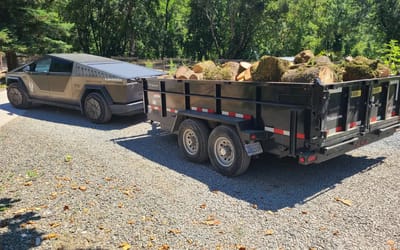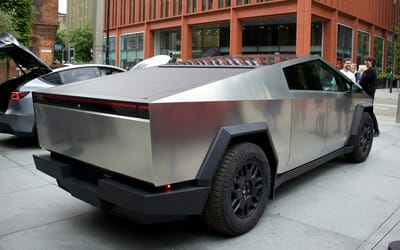The interesting reason some planes leave trails behind them
- These white trails, also known as contrails, are mostly made of water
- All planes leave trails behind, but they can be different
- They usually disappear within minutes
Published on Jan 24, 2024 at 1:22 PM (UTC+4)
by Alessandro Renesis
Last updated on Jan 25, 2024 at 1:26 PM (UTC+4)
Edited by
Adam Gray
It is one of the most intriguing sights in the sky for anybody who lives vaguely near an airport.
The plane takes off, and as it reaches the correct altitude, it leaves plane trails behind.
And there’s an interesting reason why it does that.
READ MORE: Robot inside the Great Pyramid reveals its secrets with hidden footage
Even though they look like they’re made of smoke, plane trails are mostly condensation.
In fact, they’re commonly referred to in the aerospace business as ‘condensation trails’.
As the plane engine burns, it ejects vast amounts of water and aerosols in the air.
For reference, an aerosol is just a suspension of fine solid particles or liquid droplets.
The temperature up there is usually below zero, so the second these small particles are generated, they freeze, which is why they become so visible.
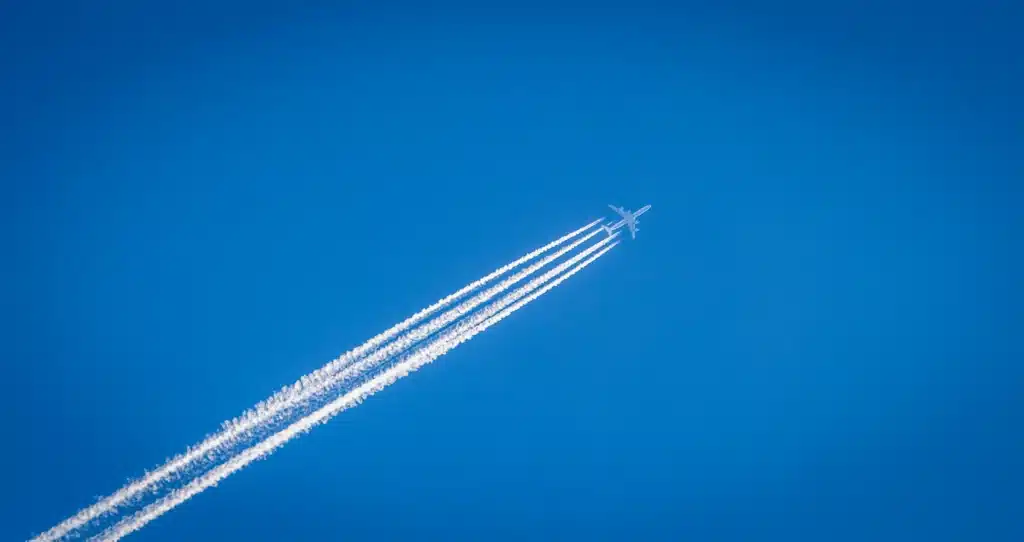
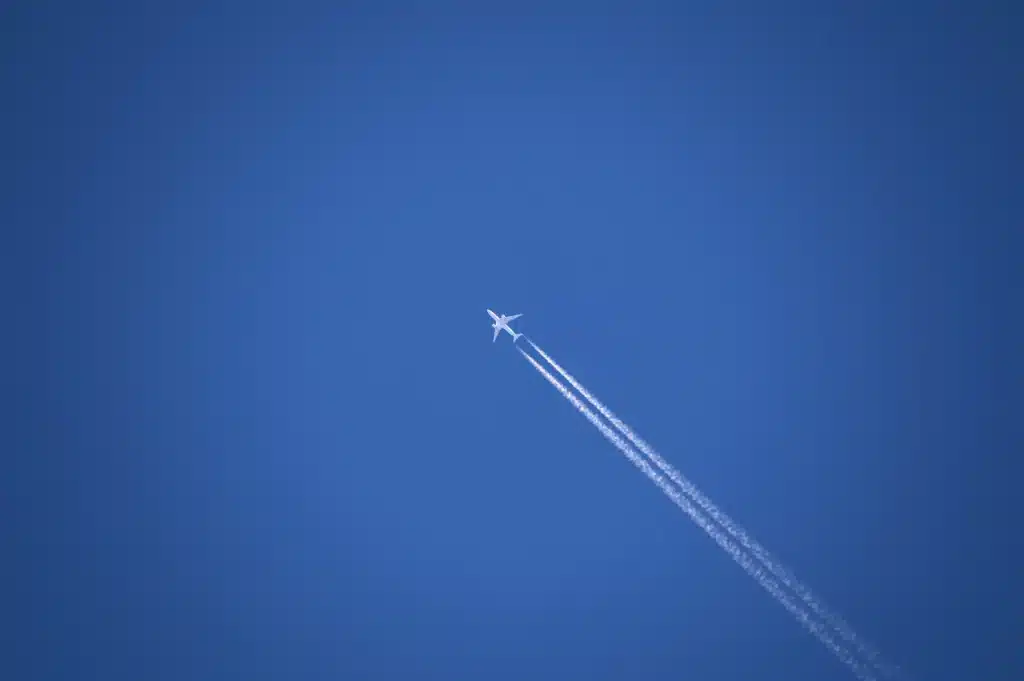
Some of these particles are pollutants, because among others, a plane emits carbon dioxide, carbon monoxide, nitrogen oxides, methane, sulfates, and soot.
A lot of it is just water, though.
Big planes like the Boeing 747 generally produce 2.75 kg of water per second.
The trails can be categorized based on how long they last, which usually depends mostly on the weather.
Short-lived trails, or ‘contrails’, look like short white lines following the tail of the plane.
They usually last a few minutes only.
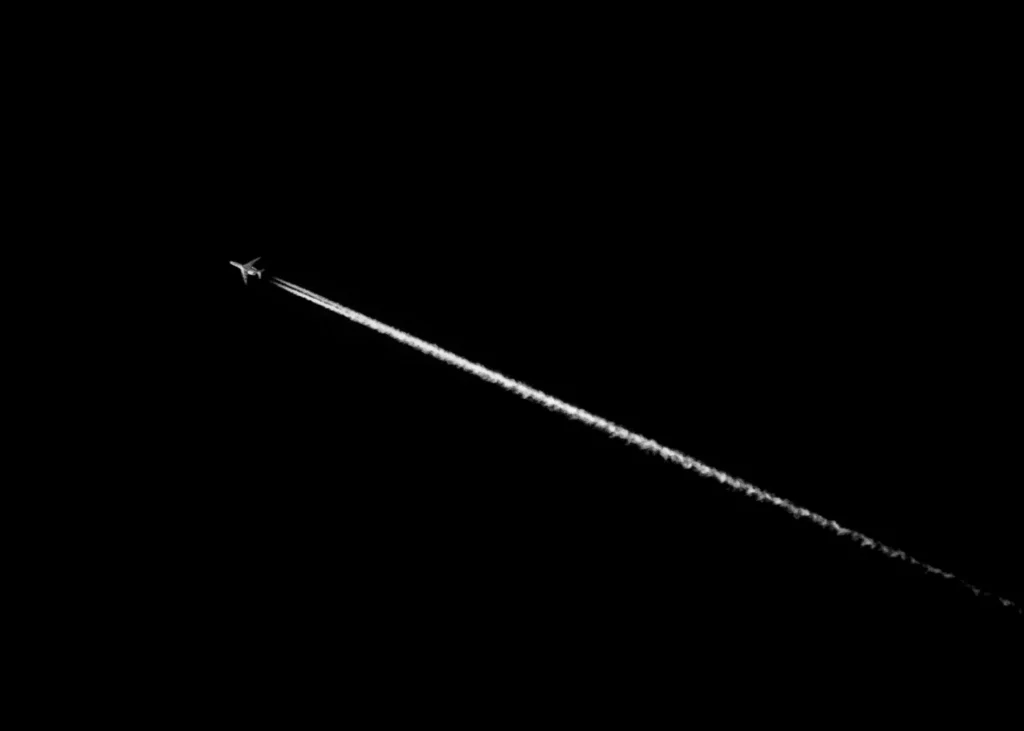
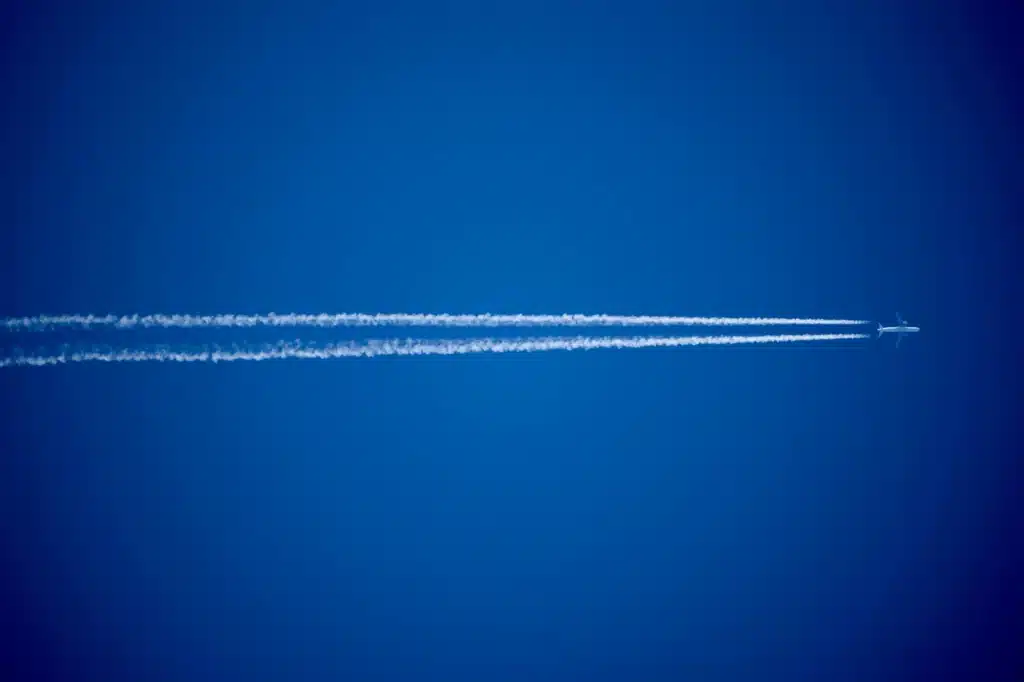
So-called ‘persistent contrails’ last longer because they’re generated where there’s humidity.
And there are two kinds of them.
The non-spreading ones do not spread, as the name suggests, when the weather is mild.
Meanwhile, they’re classified as spreading when they spread out over a larger distance because of turbulence or other weather conditions.
Even though they may look spooky, contrails aren’t dangerous because they’re mostly made of water, and they always evaporate quickly, within minutes, in any case.
DISCOVER SBX CARS: The global premium car auction platform powered by Supercar Blondie


